How do you feel about the performance of your search engine optimization strategy so far?
With the year always going so fast, it won’t be long before you’re reviewing the good and the bad over the previous 12 months. Like me, I’m sure that you want to review your yearly performance and realize that you made some serious progress.
Fortunately, even if you’ve slipped a bit, there’s always time to catch up and do things the right way.
You can get started by reading my step-by-step guide to SEO. Along with this, you can review my guides to off-page SEO and content marketing.
From there, it’s time to implement a few key digital marketing tools that can help boost your marketing strategy over the final four months of the year.
In this post, I’m going to share 10 free search engine optimization and digital marketing tools that every small business needs to consider, before the end of the year. Not only will these put you on a better path for the rest of the year, but they’ll position you for success once the new year begins.
Now, it’s time to get down to business. Here are the 10 tools that I want you to focus on.
1. Google Analytics
Why should you be using this free tool?
The answer is simple: because you need to understand everything about your target audience and the people visiting your website.
With Google Analytics installed, you can track data within a variety of categories:
- Real-Time
- Audience
- Acquisition
- Behavior
- Conversions
For example, the Acquisition tab will provide you with access to all types of traffic data. I suggest that you take a look at your traffic-based on channels. You’ll see something like this:
With this data, you’ll better understand where your traffic is coming from. You can then adjust your digital marketing strategy to take full advantage of your top channels.
In this example, the website is receiving a lot of direct traffic. While that’s great, it’d be nice to increase the diversity a bit, maybe by focusing more time on organic search and social networks.
Once you install Google Analytics, the tool does all of the work for you. Give it some time to collect enough data and then begin reviewing the results daily.
2. Moz Check My Listing
Are you confident that your target audience are able to find you online?
If you can’t answer “yes,” without hesitation, something is wrong. Fortunately, you can address this issue with the help of the Moz Check My Listing tool.
It’s designed to show you how your business is listed online. More specifically, you can check your listing on Google, Bing and a variety of other local search engines.
Getting started is as simple as plugging your information into this box:
At that point, the results are generated and you can then decide what to do next. Here’s a sample results page for Petals & Stems Florist, in Dallas, Texas:
Your current score is important, as it shows how close you are to 100%. But, the tool doesn’t stop there. As you scroll down the page, you’re presented with four tabs:
- Complete
- Incomplete
- Inconsistent
- Duplicates
In addition to reviewing the complete results, you want to pay attention to those that are incomplete. These are the results that need fixed immediately. Here’s what you’ll see:
Best yet, there is a link to “update listing” or “create listing.” This makes it simple to quickly and efficiently take care of the problem.
As a small, local business, you’re faced with quite a bit of competition. If you can outdo your competitors, in regards to search engine optimization and digital marketing, you’ll have a much better chance of reaching the top of your industry. Let the Moz Check My Listing tool provide you with an added boost.
3. Google PageSpeed Insights
Does page speed matter, when it comes to SEO and search engine rankings?
In the early days of search engine optimization, the answer was no. Today, however, this has all changed. Google has made it clear that site speed is used in web search ranking.
Use the Google PageSpeed Insights tool, to ensure that your website isn’t falling behind in this area.
After entering your URL, the results page spits out a variety of information:
- Speed
- User Experience
- Things to Consider Fixing
The speed results look like this:
You want your score to be as close to 100 as possible. If you find that it’s anything less than that, don’t hesitate to follow the guidelines under the “consider fixing” headline.
Pro tip: don’t forget to check the speed for both mobile and desktop devices. You want to score high for both of these.
4. SimilarWeb
Do you want to see how your website is performing across a variety of metrics? Are you interested in getting an inside view of your competition?
SimilarWeb is not only a free tool for doing both these things, but it’s one of the easiest to use. And, the data is presented in an easy-to-read format.
A search for NeilPatel.com provides information on a variety of traffic-related data.
There’s a lot of information to soak up, so don’t rush through the results page. Review each section in great detail, making note of any data relevant to your SEO campaign that you can use to improve your search engine optimization and marketing plan in the future.
For example, I urge you to go over the “search” data with a fine tooth comb. It’s here that you’ll learn how much of a site’s traffic comes from search, top keywords, keyword phrases, paid keywords and more.
It’s not likely that you’ll use SimilarWeb on a daily basis. But, it’s definitely one of the best ways to keep an eye on the health of your website, while also tracking your top competitors.
5. SEO SiteCheckup
Are you one of those people who think that search engine optimization is a complex, advanced process that can never be solved?
I know where you’re coming from. I used to be in the same position as you. But, through experience and the use of the right tools, things began to come together for me.
One tool that I suggest you use is SEO SiteCheckup. It provides a variety of features, including, but not limited to:
- Analysis of SEO issues
- SEO monitoring
- Competition monitoring
- Ability to create SEO reports
If you want to see what this tool is all about, get started by running your first free search. This is as simple as typing your URL into the search box on the home page. The results are listed for easy review:
If you’re lucky, your website will receive a perfect score. This means that you’re doing everything right, from an SEO perspective.
Of course, this isn’t something that you should expect. There’s a good chance that you’ll need to address at least one issue within your SEO campaign, such as the “headings status.”
Pro tip: running a site check-up is only the first step. If it turns up any problems, click the “how to fix” button, for advice on resolving the problem.
With this digital marketing tool, you’ll always know where your site stands, from an SEO perspective. If you follow the advice as outlined, you can rid your site of lingering SEO campaign problems, with the hopes of pushing towards the top of the search engine rankings.
6. Google Search Console
Are you using this free and powerful search engnine optimization tool?
I can’t tell you how many times I have asked people if they are using Google Search Console, just to be surprised by their answer: no!
Yet another free digital marketing tool by Google, this is one that will give you a clear idea of how your site is performing, and it’s a must for every small business.
The dashboard will give you a solid overview of your site’s health:
This is a good jumping-off point, but you’ll want to dig deeper. The search traffic tab, for example, can give you to information regarding:
- Search Analytics
- Links to Your Site
- Internal Links
- Manual Actions
- International Targeting
- Mobile Usability
Search analytics is one of my favorites, as it allows you to “analyze your performance on Google Search.” You can search for data in many ways:
Of course, Google Search Console is one of the best and most accurate ways of tracking links to your site. And. as you know, this is imperative to ranking high in the search engines. Be sure to track not only the number of links, but also how your data is linked and which pages have the most links.
With Google Search Console, the more you dig, the more you’ll find. And, remember this: your data is updated on the fly, so don’t be afraid to review your dashboard at least once a day.
7. SpyFu
Have you ever heard the saying “keep your friends close and your enemies closer?”
This isn’t to suggest that your small business competitors are enemies, but instead to explain that it’s a good idea to know what they’re doing, in regards to search engine optimization and digital marketing.
While there is a lot that you can do on your own, you only have so much time for tracking and reviewing your top competitors, as a small business. This is why you want to rely on a tool, like SpyFu.
With this in your digital marketing toolbox, you can quickly see what your competitors are up to.
Head to the tool’s homepage and type in the URL of any website.
From there, run your search and wait for the information to be displayed (it only takes a couple of seconds.)
If you wanted to learn more about my website, a search would turn up a report page that looks like this:
But, that’s just the start. You can continue down the results page, collecting data related to:
- Shared keywords
- Top keywords
- Ranking history
- Inbound links
So, what if I know what the competition is doing?
There’s no doubt that you want to spend more time focused on the effectiveness of the SEO campaign of your small business and less time on the competition. But, that doesn’t mean that you should turn a blind eye.
With the help of SpyFu, you can do things, such as:
- Uncover new keywords to attempt to rank for.
- Determine if you or your competition are having more success for a particular keyword or keyword phrase.
- Learn more about a competitor’s link profile, thus giving you the opportunity to secure the same links.
Start with a couple of your top competitors and then move on from there. Soon enough, you’ll know who your biggest threats are, when it comes to ranking your website.
8. Cyfe
What method do you employ to track all of the data that’s related to your business?
Like many, you may not have an answer to this question. Instead, you move from one tool to the next, to pull data and review numbers.
If you’re tired of wasting time on this, you’ll want to learn more about Cyfe. As one of the most user-friendly business dashboard solutions, you can get up and running in no time at all. And, since it’s free of charge, you might as well give it a try.
Cyfe sells itself as a tool that brings together all of your business metrics in one place. You don’t have to separately log into each application to track your data. This is the old school way of doing things.
The main reason that I like Cyfe is the fact that it has one of the largest integration libraries of all of the business dashboard providers. It connects to a long list of social networks and applications, such as:
- YouTube
- Google Analytics
- Stripe
- Zendesk
- Salesforce
- Shopify
And, that’s just the start. Chances are good that if you’re pulling data from a source, it can be integrated into your Cyfe dashboard using their pre-configured widgets. And if they don’t have the widget you’re looking for, then it’s simple enough to build your own.
If you’re anything like me, you enjoy tracking and comparing data, as often as possible, but you don’t enjoy spending hours on this task. That’s why you should create a Cyfe dashboard, before the end of the year.
9. Social Mention
When it comes to search engine optimization and social networks, there are a few things that you need to know. It’s hard to quantify the exact impact of a sound social media marketing strategy on search engine rankings, but it’s better to be safe than sorry.
Even if your social media marketing strategy doesn’t directly impact your rankings, it will help enhance your brand. As a result, your social media marketing strategy will eventually pay off.
Social Mention provides “real-time social media search and analysis.” It’s one of the most basic tools on this list, but that doesn’t mean that it offers nothing of real value. Especially for helping to understand how to navigate your social media marketing strategy more effectively.
In addition to clicking on one of the many trends below the search box, you can also run a unique search for any keyword or keyword phrase.
After doing so, you’ll be presented with a list of recent social network mentions. This is accompanied by a data box that looks something like this:
You’re given access to other information, as well, such as sources, top hashtags, and top keywords and keyword phrases.
You can use this tool in many ways. For example, you can use it to track brand mentions. As you come across these, you are presented with the opportunity to engage with your audience.
Or, maybe you’ll use Social Mention to keep tabs on your competition, knowing that you can learn more about them, with the idea of “one upping” them in the near future.
You can do a lot of digging around on social networks, without the help of high-powered tools. However, this can be a time consuming process that doesn’t produce any hard data for your SEO campaign.
If you want to track social network mentions, without wasting time, there aren’t many small business, social media marketing tools that offer higher quality or more in-depth data.
10. Google Keyword Planner
Where do you turn for keyword ideas?
There are many answers to this question. But, the last thing that I want you to do is to guess. If you do, you could soon find yourself chasing after rankings for the wrong set of keywords.
To remove the guesswork and ensure that you’re always making good keyword decisions, it’s best to let Google Keyword Planner be your guide. Not only is the tool free, but it’s operated by Google. In other words, you know that the data will be as accurate as possible, making it an essential tool for your SEO campaign.
It all starts by inputting the appropriate data in this form:
An example of this would be the phrase “content marketing.” Type this into the first box and click the ‘get ideas’ button.
In addition to search volume trends by month, pay close attention to:
- The list of search terms
- Average monthly searches
- Competition
As you’ll see, there is more than the primary keyword that you searched for. There are other ideas, all of which could be implemented into your marketing plan.
I suggest using Google Keyword Planner, before you launch your website. Along with this, you can rely on it as you create fresh content. It helps to ensure that you select high traffic, targeted keywords and keyword phrases for each blog post that you create.
Conclusion
Nobody knows what the future of SEO holds. But, one thing is for sure: as a small business, it’s never a bad thing to move your website to the top of Google for your target keywords.
The best thing about these 10 tools is that you don’t have to pay a single dime to use any of them. Each one is powerful, full of features and free to use. There’s no reason to avoid any of them over the last few months of the year.
Have you experimented with any of these tools in the past? Will they remain a big part of what you do in the future? Share your thoughts in the comment section below.

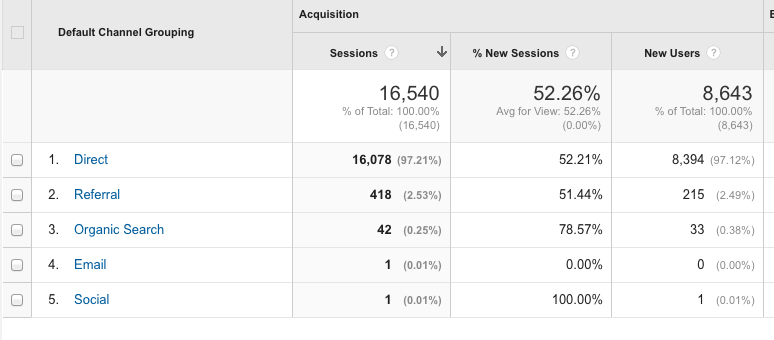


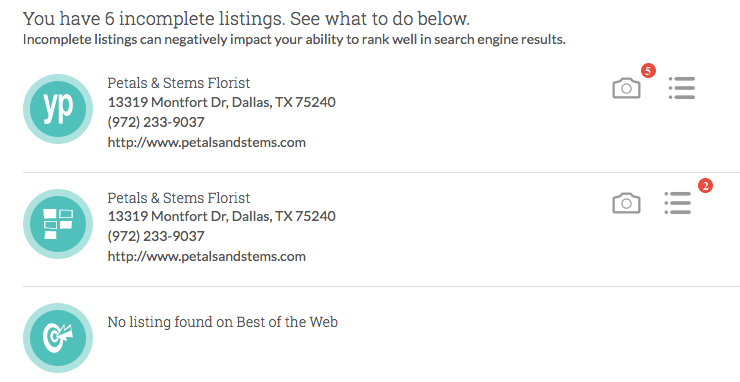
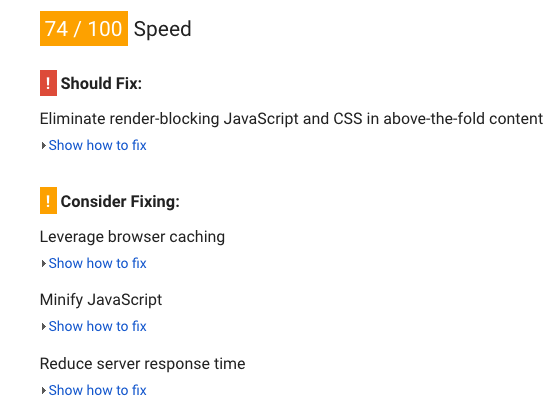

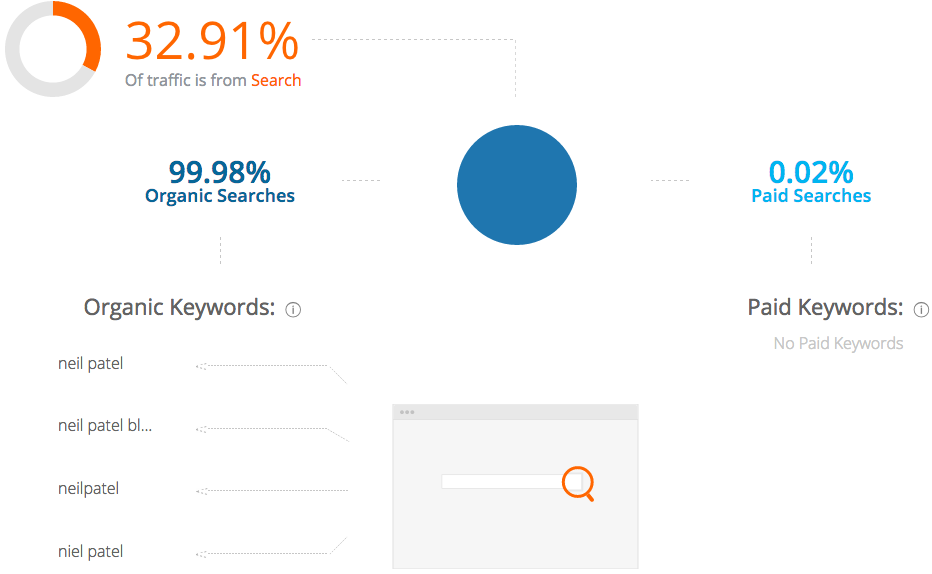
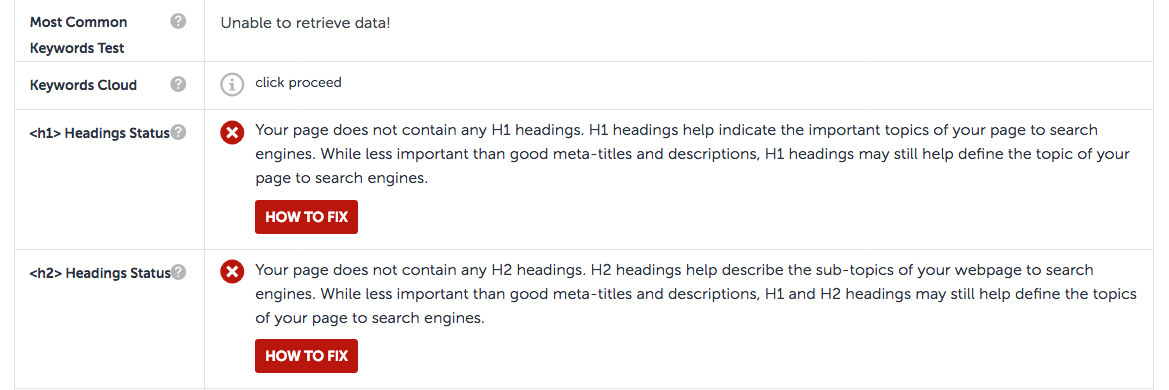
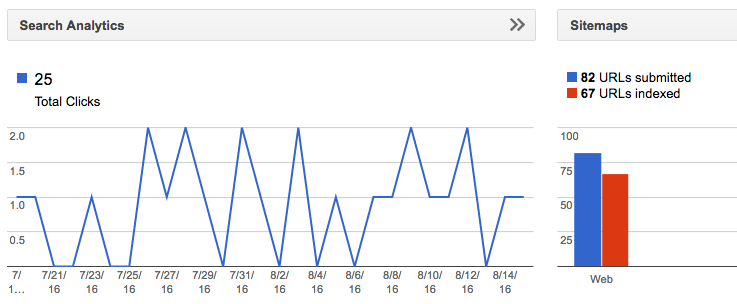


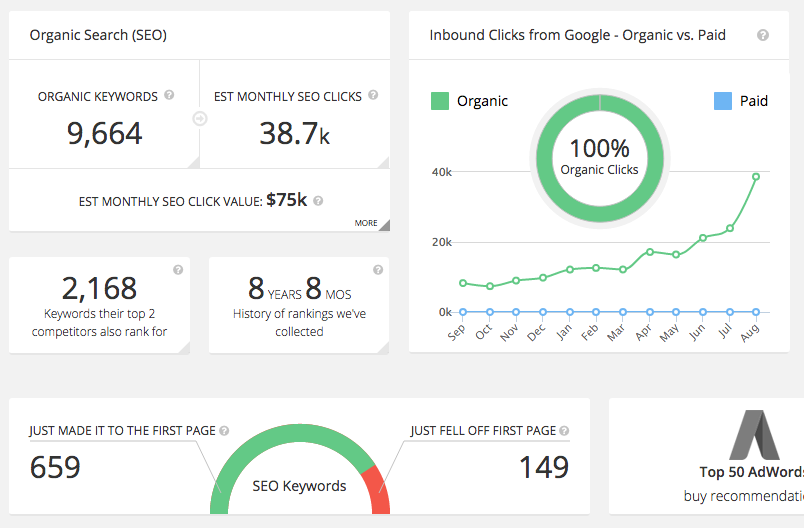
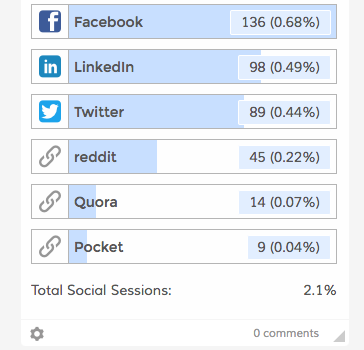
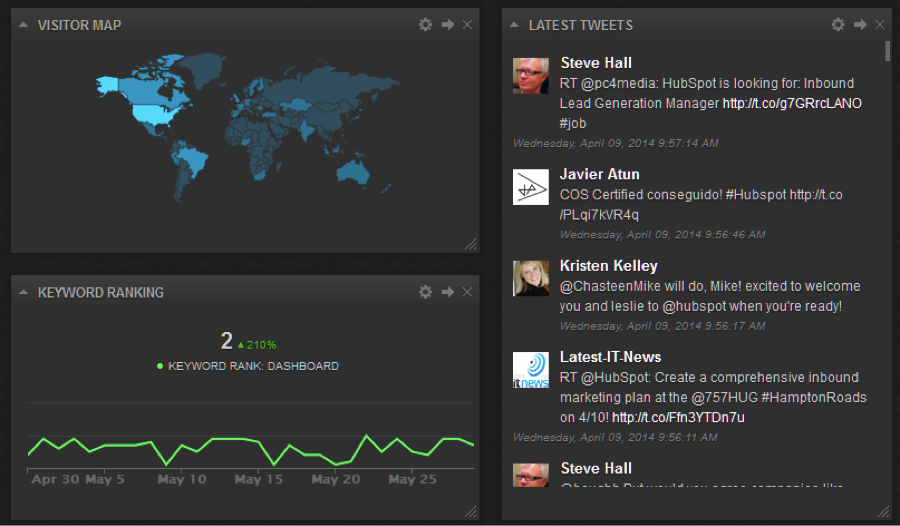
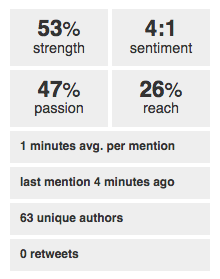
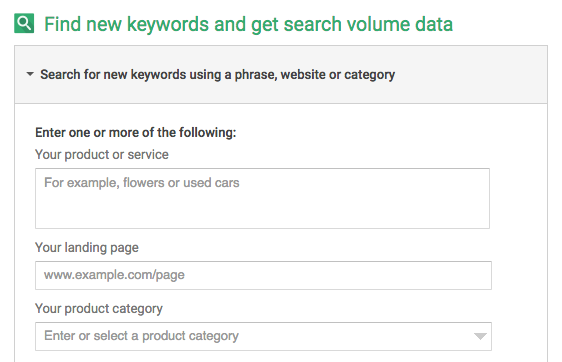
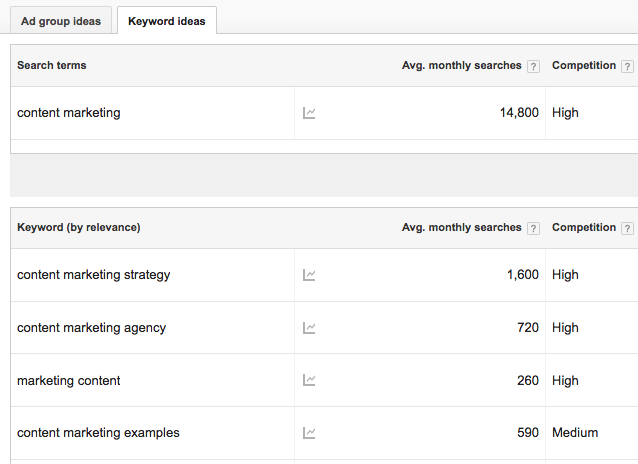
Comments (168)